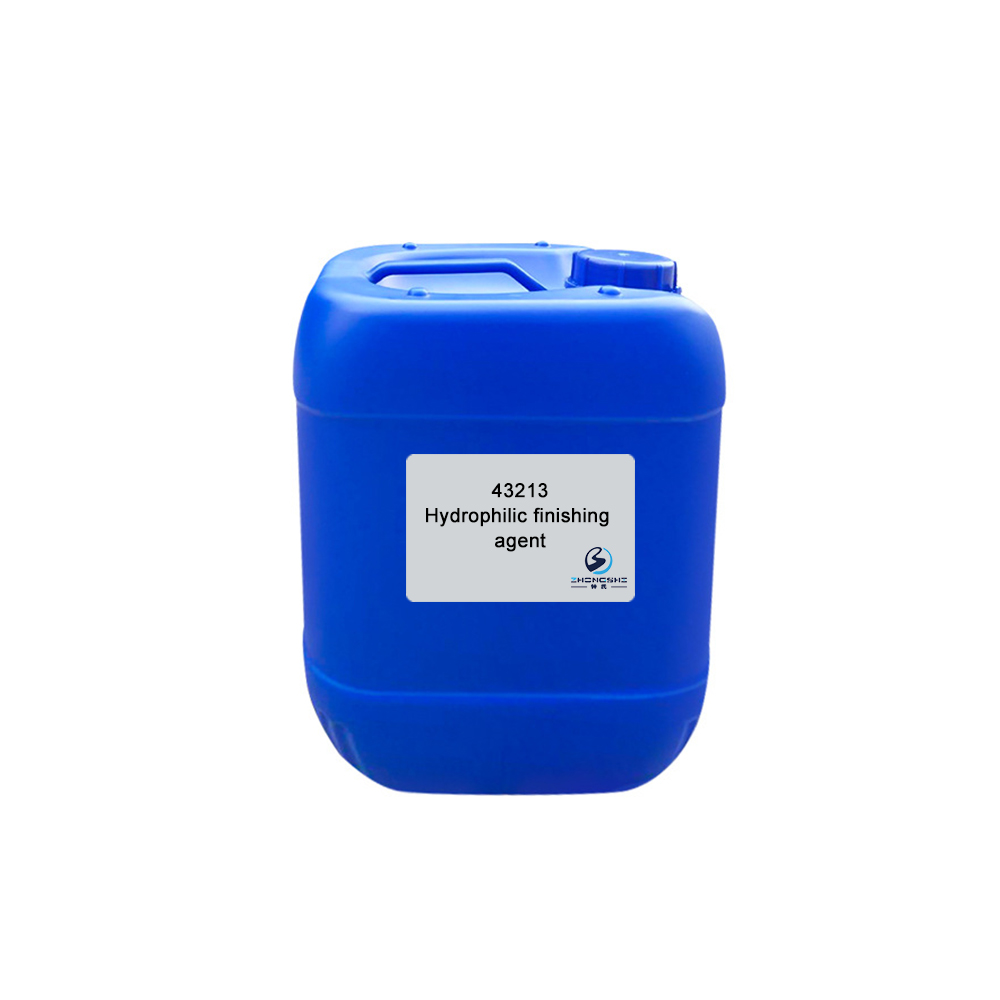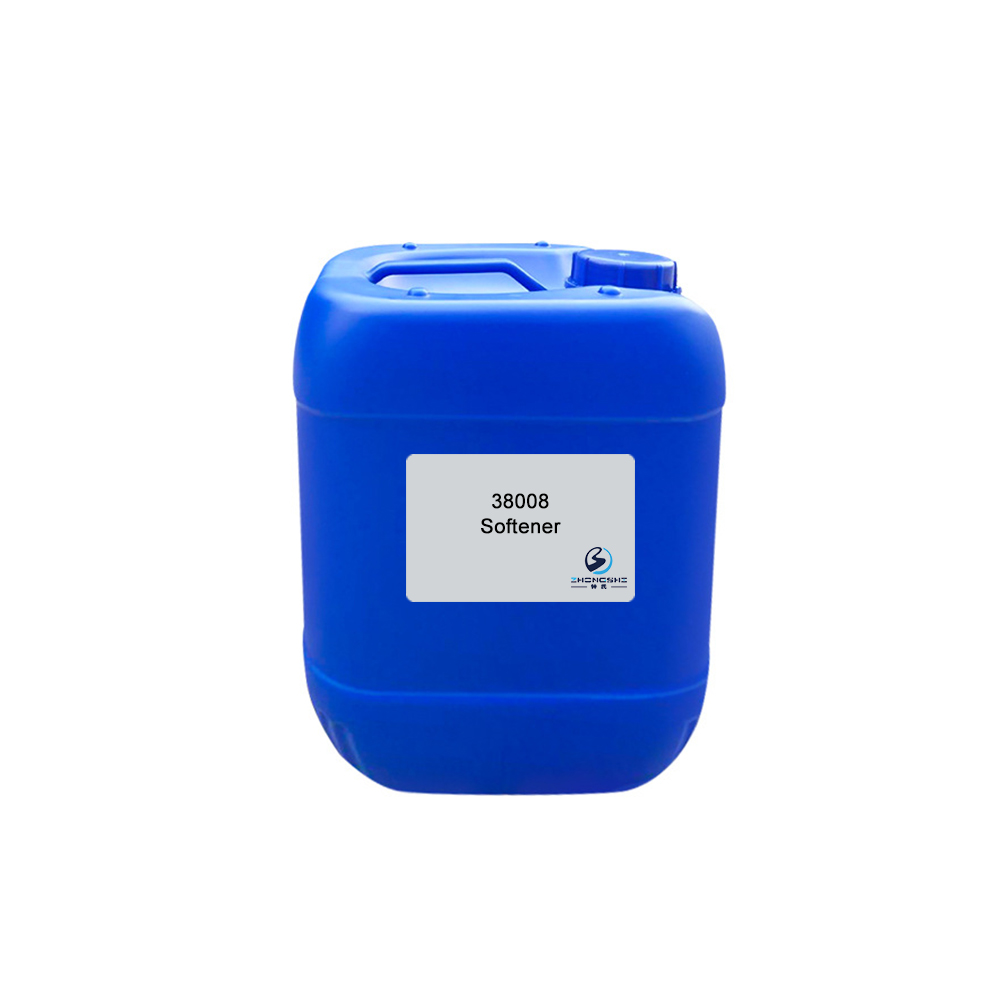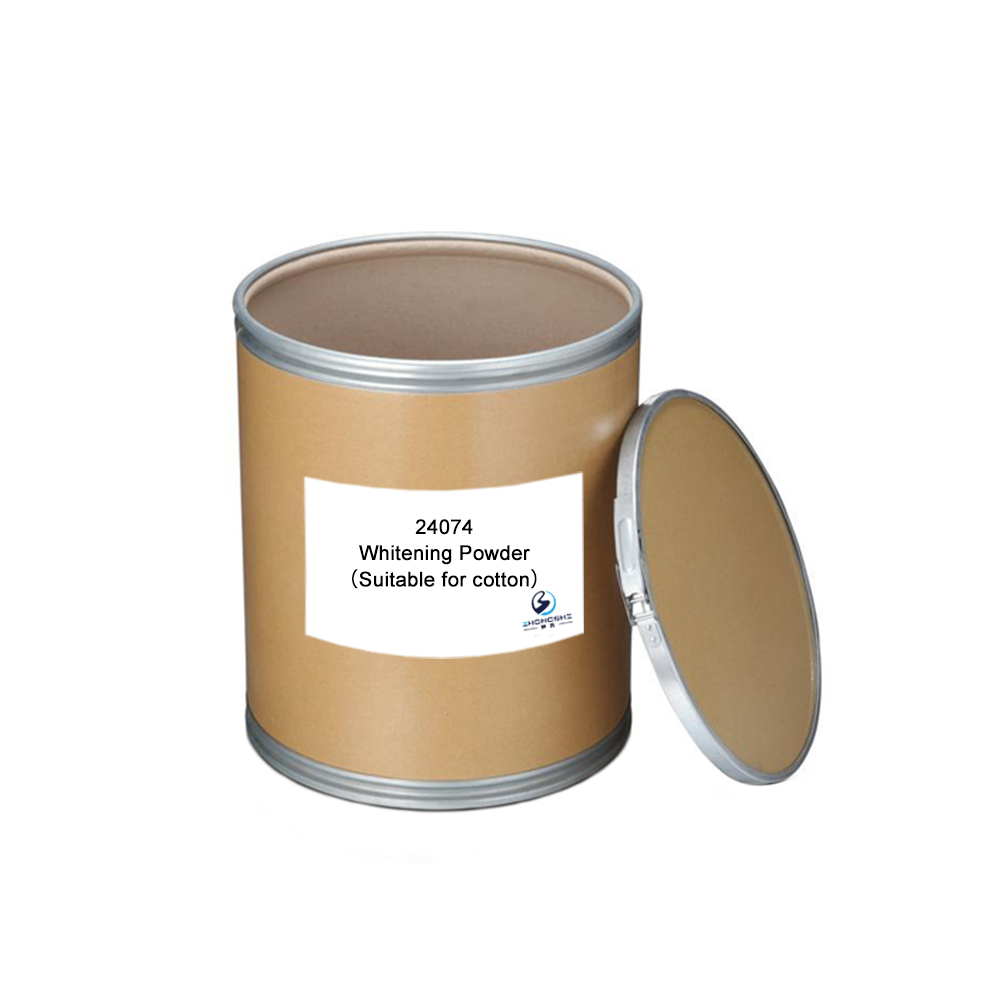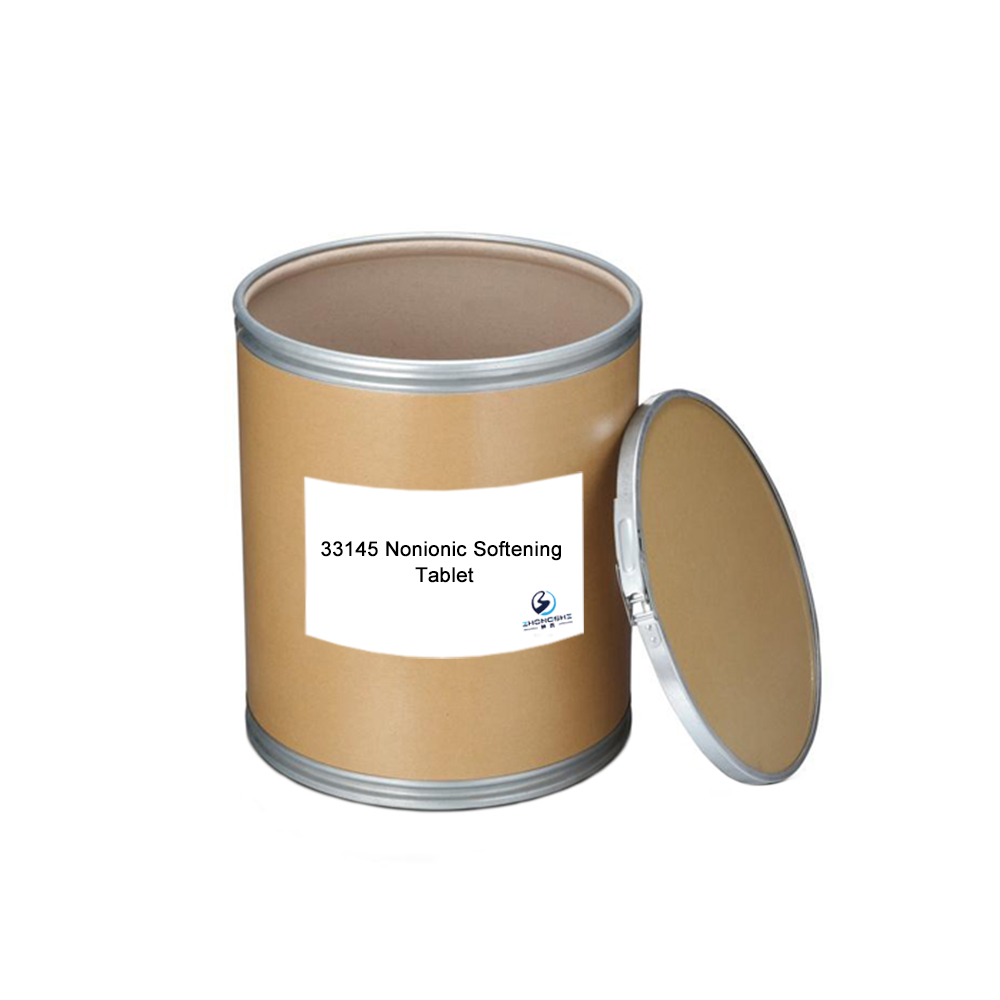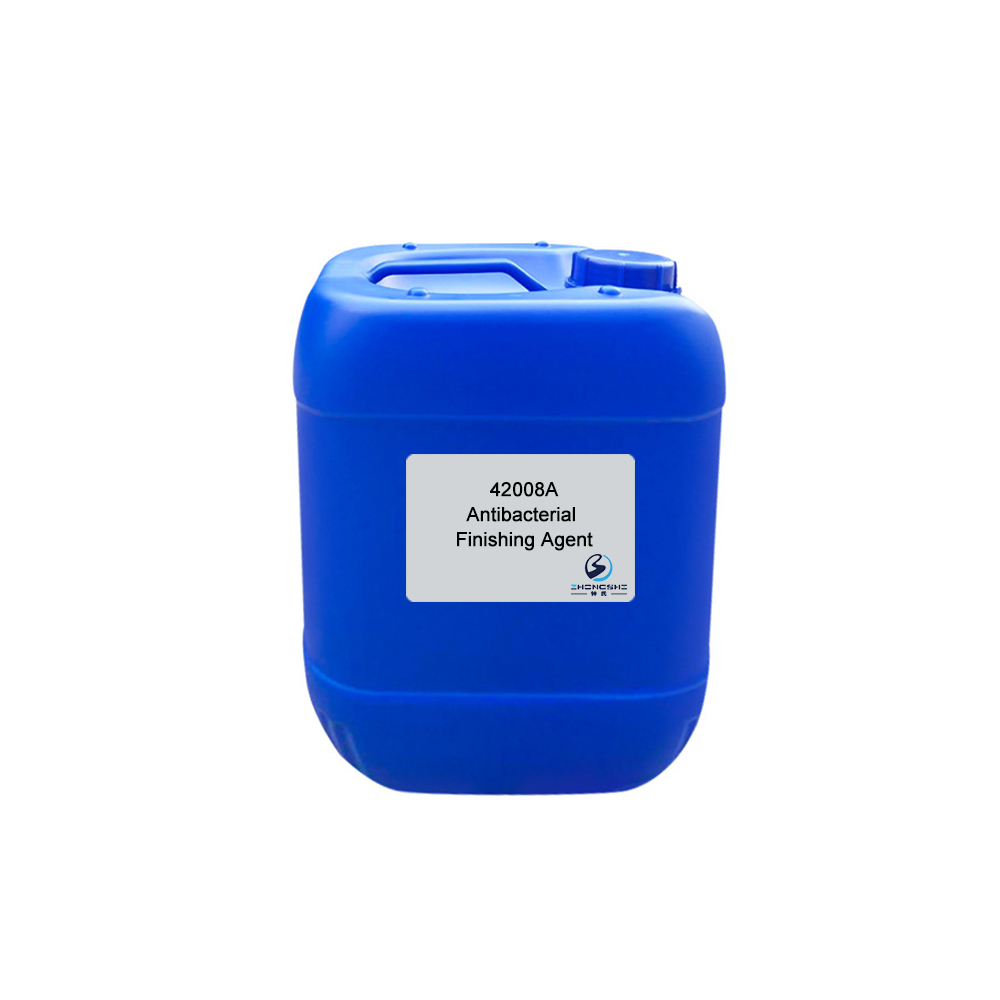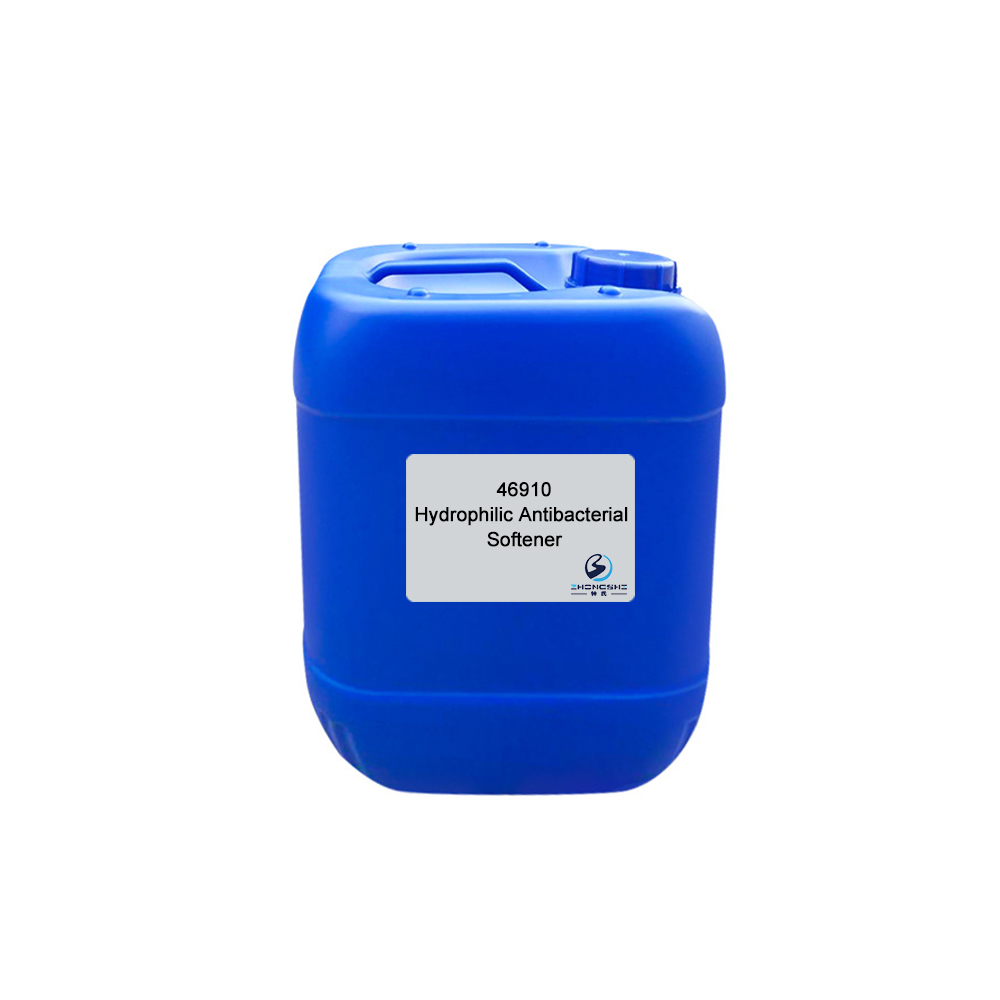Good Quality Textile Auxiliaries - 22015 Acid Leveling Agent – Innovative
Good Quality Textile Auxiliaries - 22015 Acid Leveling Agent – Innovative Detail:
Features & Benefits
- Excellent solubilizing property and dispersity for acid dyes.
- Can improve the compatibility of dyes. Has excellent leveling effect on sensitive colors, as green, turquoise blue and aqua, etc.
- Excellent leveling performance. Can correct the uneven dyeing caused by structural differences of dyes.
- Good dyeing permeability. Can effectively prevent layer difference phenomenon in static dyeing.
Typical Properties
| Appearance: | Yellow transparent liquid |
| Ionicity: | Cationic/ Nonionic |
| pH value: | 8.0±1.0 (1% aqueous solution) |
| Solubility: | Soluble in water |
| Content: | 27% |
| Application: | Nylon fibers and protein fibers, etc. |
Package
120kg plastic barrel, IBC tank & customized package available for selection
TIPS:
Exhaust dyeing
Exhaust dyeing recipes, including auxiliaries together with the dyes, are traditionally made up by percent weight relative to the weight of substrate being dyed. The auxiliaries are introduced first into the dyebath and allowed to circulate to enable uniform concentration throughout the dyebath and on the substrate surface. The dyes are then introduced into the dyebath and again allowed to circulate before the temperature is raised in order to obtain a uniform concentration throughout the dyebath. Gaining uniform concentrations of both auxiliaries and dyes is paramount since non-uniform concentrations on the substrate surface can lead to unlevel dye uptake. The speed of dye uptake (exhaustion) of individual dyes can vary and will depend upon their chemical and physical properties together with the type and construction of substrate being dyed. The dyeing rate also depends upon the dye concentration, the liquor ratio, temperature of the dyebath and the influence of the dyeing auxiliaries. Rapid exhaustion rates lead to unlevelness of dye distribution over the substrate surface, so dyes have to be carefully selected when used in multi-dye recipes; many dye manufacturers produce information stating which dyes from their ranges are compatible to achieve level build-up of dye during dyeing. Dyers wish to achieve the highest exhaustion possible to minimize dye remaining in the effluent and increase batch to batch reproducibility, whilst still obtaining the shade required by the customer. The dyeing process will eventually end in equilibrium, whereby the dye concentration in the fiber and the dyebath do not change significantly. It is envisaged that dye adsorbed onto the substrate surface has diffused into the whole of the substrate resulting in a uniform shade required by the customer and that there is only a small concentration of dye left in the dyebath. This is where the final shade of the substrate is checked against the standard. If there is any deviation from the required shade, small additions of dye may be made to the dyebath to achieve the required shade.
Dyers wish to achieve the correct shade the first time of dyeing in order to minimize further processing and reduce costs. In order to do this uniform dyeing rates and high exhaustion rates of dyes are required. To achieve short dyeing cycles, thereby maximizing production, most modern dyeing equipment is enclosed ensuring that the dyebath is maintained at the required temperature and that there are no temperature variations within the dyebath. Some dyeing machines can be pressurized enabling the dye liquor to be heated to 130°C allowing substrates, such as polyester, to be dyed without the requirement of carriers.
There are two types of machinery available for exhaust dyeing: circulating machines whereby the substrate is stationary and the dye liquor is circulated, and circulating-goods machines in which the substrate and the dye liquor are circulated.
Product detail pictures:

Related Product Guide:
Fixing agent is to improve color fastness. Good Quality Textile Auxiliaries - 22015 Acid Leveling Agent – Innovative , The product will supply to all over the world, such as: Lahore, Bogota, Cape Town, Silicone Softener 97078 is weak cationic and transparent emulsion. It is suitable for fabrics of polyester fiber, nylon, milk fiber and wool, etc. Silicone Softener 97078 can impart fabrics soft, smooth, dry, silky and exquisite hand feeling and excellent hydrophilicity. Also it is suitable for nylon yarns and seamless underwear, etc. It has high stability and high shear resistance. It is cost-effective. A very small dosage can achieve excellent effects. For padding process, the reference dosage of Silicone Softener 97078 is 10~30g/L.
Adhering to the business principle of mutual benefits, we have a happy and successful transaction, we think we will be the best business partner.


